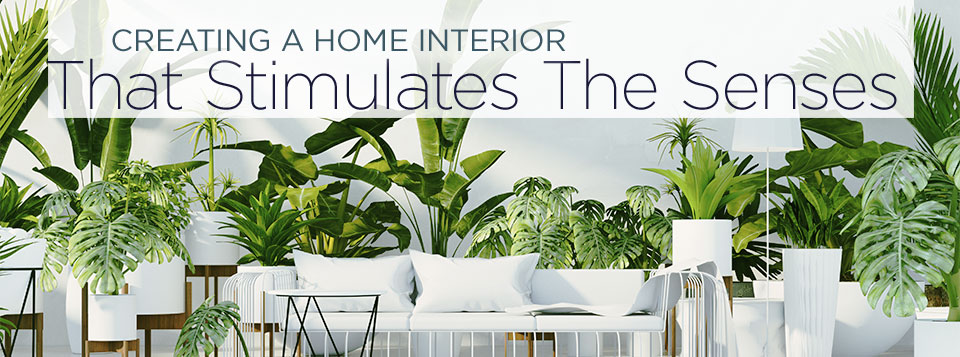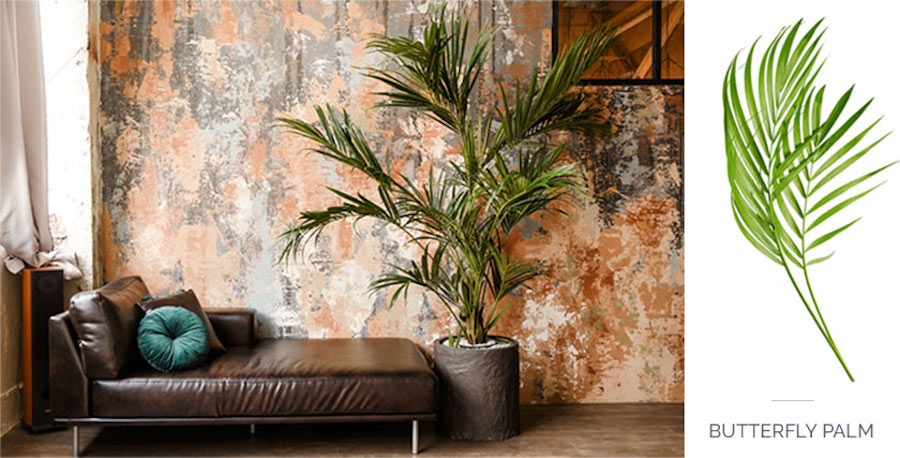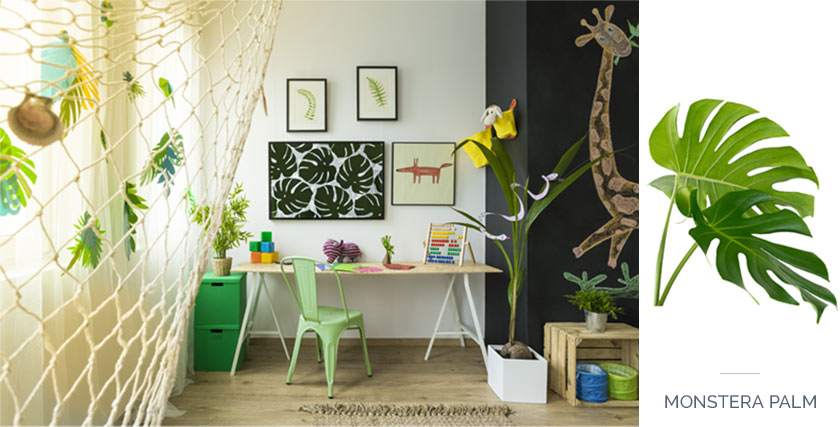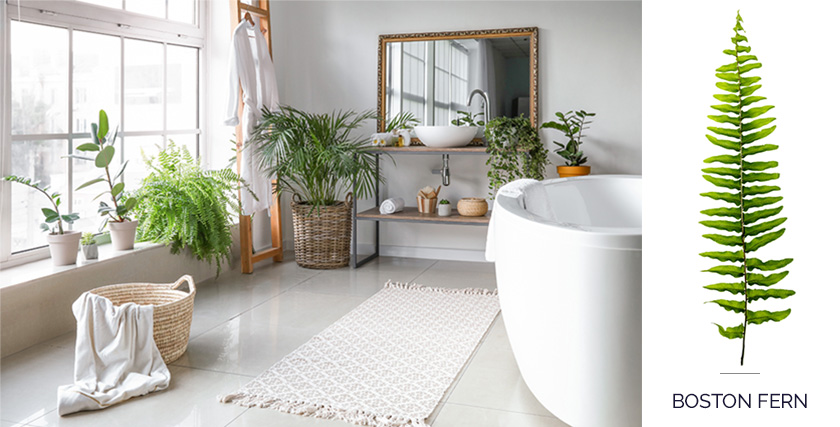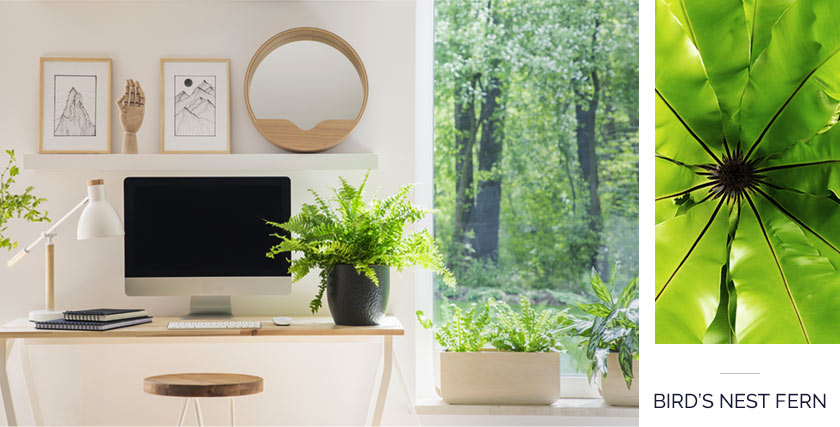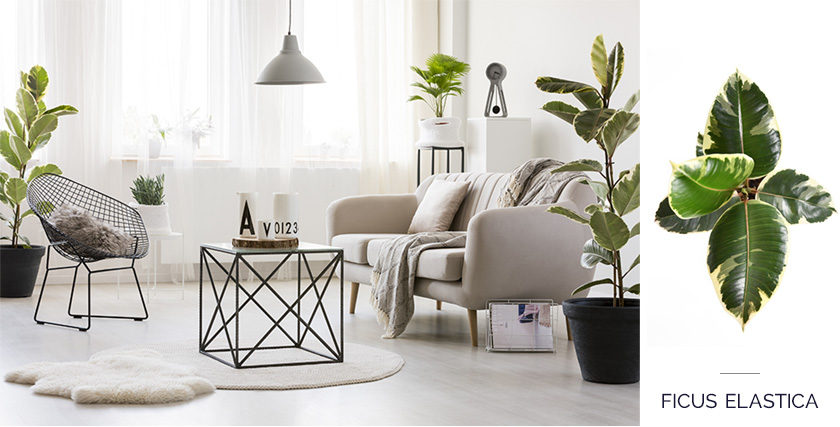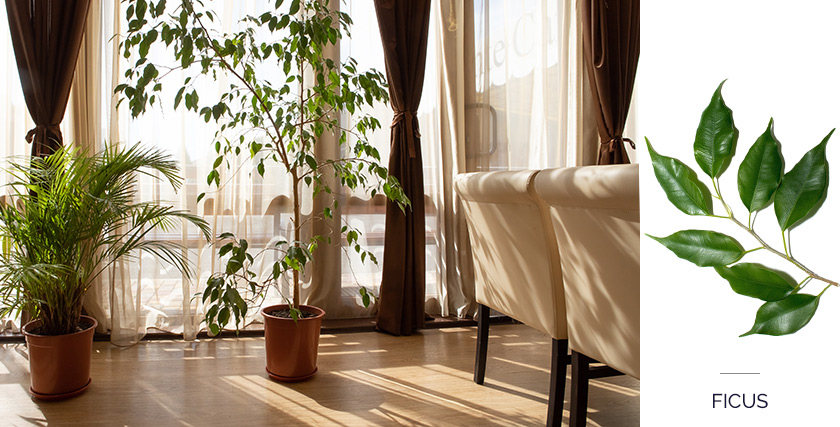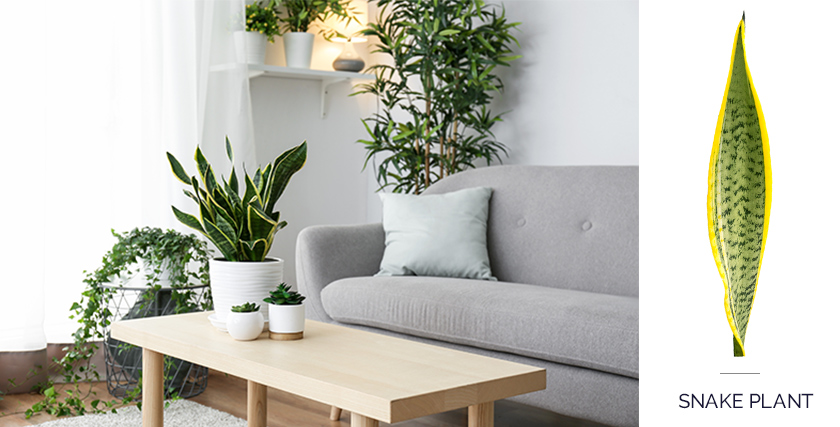Last month we did a primer on the art and philosophy of Biophilic Design. A study unto itself that may have left you asking, what could I do in my house to evoke a similar, visceral response? Let's look at a few creative ways to realize a 'green' space of your own.
![]()
After a full year of home-centered living, the desire for a productive and fulfilling lifestyle prevails. You may be thinking of a revamp, a Spring renewal, or you want to refresh your own personal space. Either way, I would begin by clearing out the clutter and opening up that space.
Now let's consider how to incorporate living plants into the home and create a nature-infused environment. Plants as accents, emulate a more natural surrounding, they will also bring texture and color to the room. I always encourage the inclusion of organic items in a room whether live or representational.
If you are a plant lover, here are a few things to consider: natural light, maintenance, and abscission (plant shedding). From here, you can make a plan and take it to fruition.
NATURE INFUSED
For the total immersion, an interior designer or stylist will bring the outdoors inside—completely—hence, the biophilic experience. But remember, there are many ways to combine your style with natural elements. Interiors that can be serene, cool, sophisticated, and still very personal.
![]()
Palms
Part of the Araceae family of plants, palms prefer tropical climates. They are natural air purifiers. They target and remove formaldehyde, benzene, and carbon monoxide, and they release moisture into a room.
There are many varieties; Acrecas, Kentia, Majesty, and Fishtails, to name a few.
Ferns
The kitchen and bathrooms are great environments for ferns because of their humidity levels and are ideal plants for terrariums.
Favorites are the Autumn, Maidenhair, and Boston ferns. For more exotic foliage, Silver Brake, Kangaroo Paw, and Bird’s Nest ferns.
Ficus
Also called figs, these are the most popular indoor tree plants. Easy to grow and a large variety. Like palms, they soak up benzene and formaldehyde, and toluene, making them suitable for households where there is a smoker.
Other popular kinds are the Benjamin’s or Weeping Fig, Bengal or Audrey, Ficus Alii, Ficus Elastica, or Rubber Plant. There are 800 in the species, I love the Fiddle Leaf Fig.
Succulents
The easiest houseplant to keep alive because they are low-water plants.
Color matters here. The green succulents do better indoors instead of their blue, grey, and purple companions, which prefer the outdoors. Any three potted succulents will look good when planted together.
For more in-depth information on houseplants, go to the Gardenista Field Guide.
See New York Magazine for the best winter houseplants and how to care for them.
![]()
You can see how incorporating individual plants' varieties creates a healthy environment and is also a wonderful design element.
Whether you like to "layer" them up or keep it simple, plants make any interior a welcome and homey space. Give plants a try, and you may find out you have a green thumb after all. If you don’t, there are always faux plants— not air purifiers—but they add color, texture, and an infusion of nature nonetheless.

